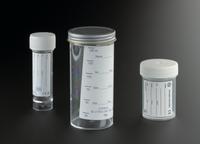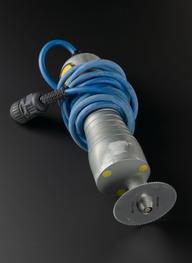

Assalini-type artery forceps, London, England, 1866-1900
- maker:
- Arnold and Sons

Assalini artery forceps, steel and ebonite, by Arnold and Sons, of London, 1866-1900
Artery forceps are used to compress the artery and seal small blood vessels or to hold the artery out of the way during surgery. Paolo Assalini (1759-1849) invented this type of artery forceps in the early 1800s. He wrote a description of his forceps in 1810.
The ends of the forceps are hook-like and so do not compress or crush the blood vessels. The forceps are kept open by a spring mechanism. This type of forceps was popular throughout the 1800s, especially in England, and was advertised in surgical instrument makers’ catalogues up until 1914. This pair was made by Arnold & Sons, a London-based surgical instrument maker located in West Smithfield and ideally placed to supply nearby hospitals.
Details
- Category:
- Surgery
- Collection:
- Sir Henry Wellcome's Museum Collection
- Object Number:
- A600302
- Measurements:
-
overall: 21 mm x 142 mm x 12 mm, .01kg
- type:
- artery forceps




